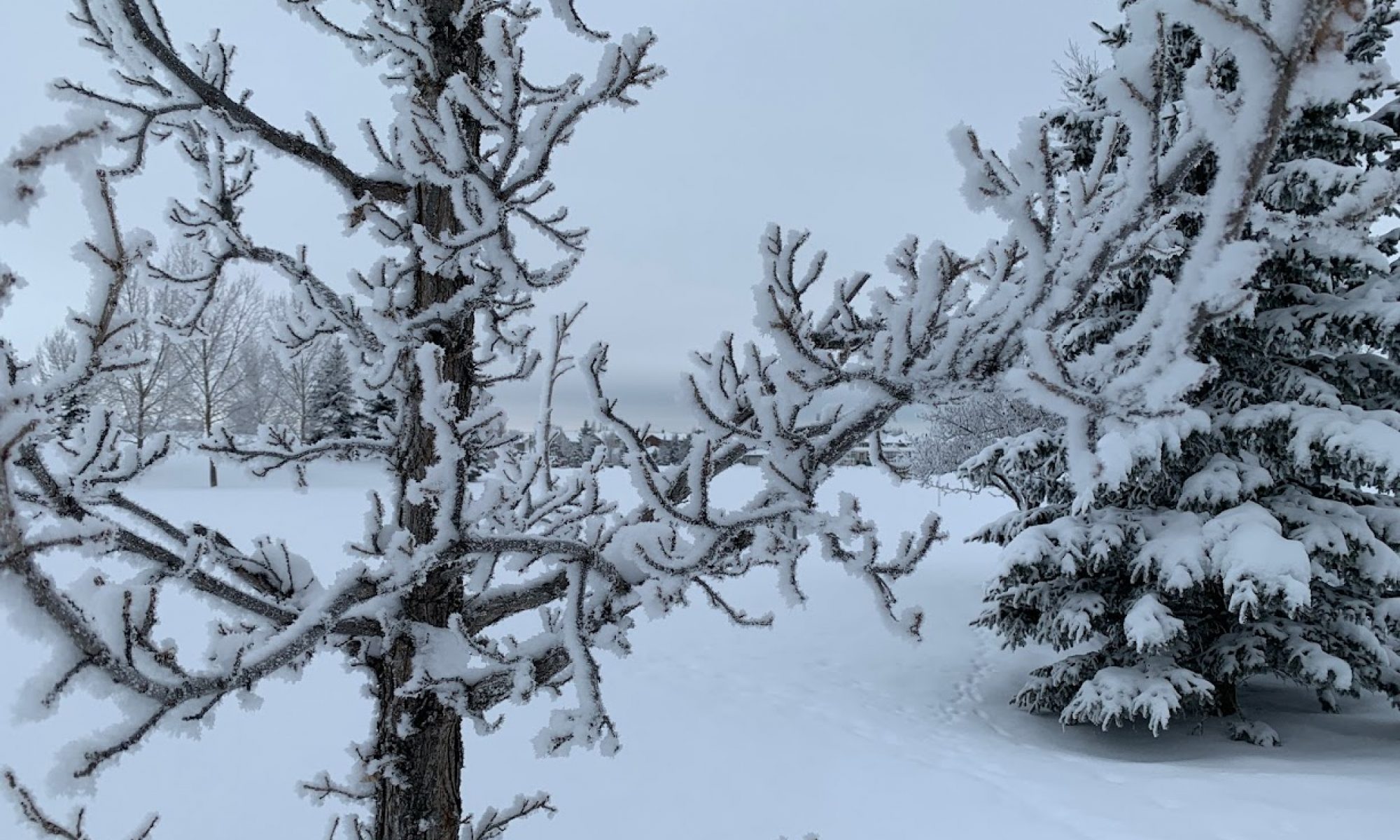As of next week or so, we’ll be celebrating the seventeenth anniversary of moving into our house, our neighbourhood, and this place we call home. Seventeen years is all at once a short blip and a really long time. It sometimes seems like we’ve both lived here forever and also just moved in.
In reality though, a lot has changed. Where I look out my back window and see houses, trees, grass, gardens, birds, and blue sky, on the day we moved in was a construction zone with heaps of clay clumped into piles amongst weeds, lonely streets paved through a blank field, and utility stakes poking from the ground.
We “built” our house, in that we went to a local building company, and from them bought a piece of land, a house plan and contracting services to turn lot and plans and heaps of supplies into a finished home. It took the better part of a year and was simultaneously exciting and frustrating.
Development companies exist largely to do exactly this type of work: turn a chunk of suburban landscape that used to be farms and fields into rows of neat little houses at the edge of the city, and they both do it very well and simultaneously take shortcuts that have long term impacts.
Last year I noticed one of those shortcuts while out on my walk with the dog: a tree planted by the developer had done something that no one had ever intended. It had started turning from a lovely ornamental cherry tree into a scraggly crab apple tree.

Pictured above is actually a single tree.
On the top is green foliage that is starting to spring blossom for a crop of fall apples.
On the bottom (or should I say middle?) is red-hued cherry, an ornamental tree with gorgeous colours year round, and a favourite of developers trying to add colour and splendour to a new neighbourhood.
On the very bottom is the culprit and cause of the mix-up: the fake cherry was actually a graft of cherry branches onto a much hardier crab apple trunk. This was all well and good and no one would ever have known any different. But then droughts and stress and age and seventeen (likely more) years have passed and the cherry bits have been overtaken by new growth from the trunk and now a freakish hybrid of a tree sits at the edge of a small park making passers-by wonder at what the heck is going on.


I’m in no way against tree grafting. I used to have a tree just like this on my front lawn, a cherry trunk grafted with a mismatched collection of less hardy cherry branches. It died after about four years because here on the Canadian prairies life is tough, especially for a mutant tree.
My point, if I actually have one, is that of the downside of taking shortcuts if you’re not going to be around for the long haul.
Shortcuts in life, gardening and most anything else can be time savers and budget buffers. Getting something the quick and easy way can be a nice perk of knowing what matters and what doesn’t.
When building a community, my developer took a shortcut and saved some time, money, and planted a tree that looked great … for a few years. Then they left, went off to build other, newer neighbourhoods, and the community was left with a plant that needed more care and attention than anyone could be bothered to give it. Left to its own, the faux cherry tree has done what nature let it do, in a long, methodical, slow process… revert back to the plant it was always intended to be: a crab apple tree.
Shortcut: zero. Nature for the win.
Had the developer spent a little more care and attention to put in plants that were local (and we have many beautiful trees that grow natively not a few hundred meters away in the river valley) right now there would be a park with something less frankenstein growing at the gate and more fitting for a pretty suburban neighbourhood. But the cherry looked great at the time, sold the idea of suburban paradise to people looking to build lots of new homes, and years and decades later has outlived its purpose.
It was a shortcut, and years later for the long haulers like me, a shortcut to the simple but important reminder that the people who built our community then are not the ones who live in it now and continue to build it today.






